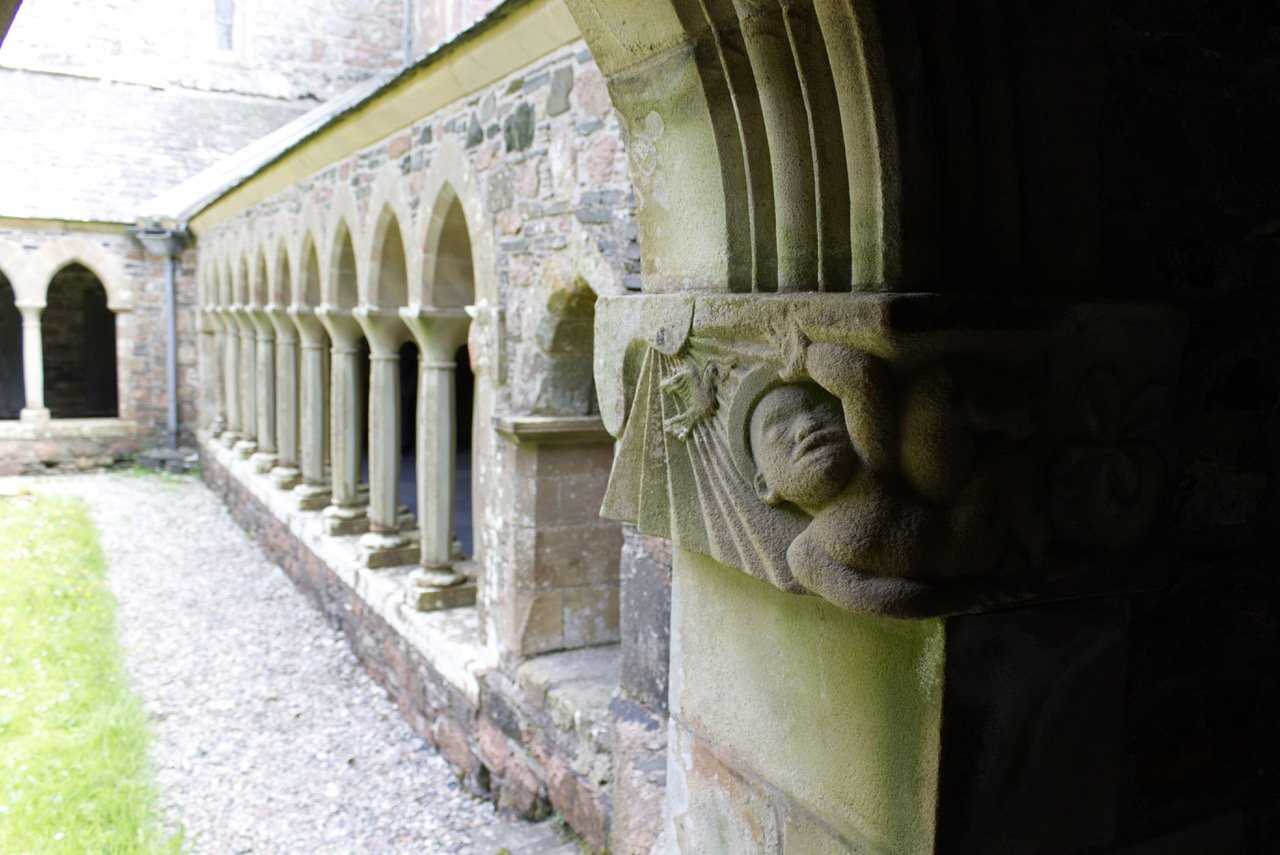Mist clung low to the shoreline of Loch Linnhe as we set sail from Corpach at first light, headed for the Isle of Mull. Despite the inclement weather, still the panoramic mountains of the Highlands stretched away to either side of us, charting our course as our bow began to taste its first few salty waves of Atlantic Ocean.
Entering the Sound of Mull we glimpsed our first few marine species; a black guillemot bobbed beside the boat as a gannet soared overhead, as if to welcome us into port. Lionsmane and moon jellyfish littered our path as we docked into Craignure and both Duart Castle and Lismore Lighthouse slipped out of view to the south.
Upon disembarkment, we found our carriage (a local coach)
waiting to take us the long, scenic drive to Fionnophort, through the heart of
the isle of Mull. Our obliging coach driver didn’t hesitate in recounting names
and old stories from across the island - from Glen More - the islands largest
and most scenic glen, to the purchase of a stately home on the island by famed
band Genesis…
As Fionnophort, the most southerly village on the island drew
into view, we knew that we were coming close to our intended destination. Just
one, short CalMac ferry ride stood between us and the Isle of Iona; the “Cradle
of Christianity.” Iona is only about five square miles in size with a meagre
population of 80 inhabitants. However, it is made of some of the oldest stones
on the planet, dating back 3 billion years and is fittingly steeped in
religious history and significance. In 563AD, Saint Columba came to Iona from
Ireland intent on converting the native Scottish Picts to Christianity - a
mission which we fulfilled in abound.
As we stepped from the ferry onto the ancient rocks of Iona, sun
seemed to burst through the clouds, peppering the island with flashes of light
and colour; yellow of buttercups, blue of native Scottish bluebells and pink of
sweat pea - bobbing in the breeze of the various vegetable allotments. The air
was filled with the sound of bird song; singing black birds, meadow pipets and
the unmistakable “creeek, creeek, creeek” of the rare and illusive corncrake.
We headed to the Columba Hotel for a delicious lunch of nettle soup and paté, via the 13th Century Iona nunnery before being let loose across the island. After lunch, some of us chose to adventure across the island by bicycle, discovering its highest peak, hidden bays, and pathways. However, many of us charted a course straight for the sacred, medieval Iona Abbey - founded by (and final resting place of) Saint Columba. The Abbey had an unmistakable air of history, as we walked the hallowed floors, trodden by so many before us. No area had more atmosphere than the grounds and graveyard, final resting place of over fifty Scottish, Irish and Norwegian Kings from bygone eras. The gravestones still standing told fascinating stories, and stood next to those so faded that their stories were seemingly lost forever.
After a reflective afternoon, the craft shops that dotted the
island finally stole our attention before we headed back to Mull for our
journey up to the town of Tobermory. The last golden rays of light illuminated
the town as we drew in. Boats bobbed in the harbour and colourful houses lined
the street. We finished our day with a gripping talk by the Hebridean Whale and
Dolphin Trust on the whales, dolphins and porpoises of the Hebrides, preparing
us for an exciting day in the Sea of the Hebrides!









